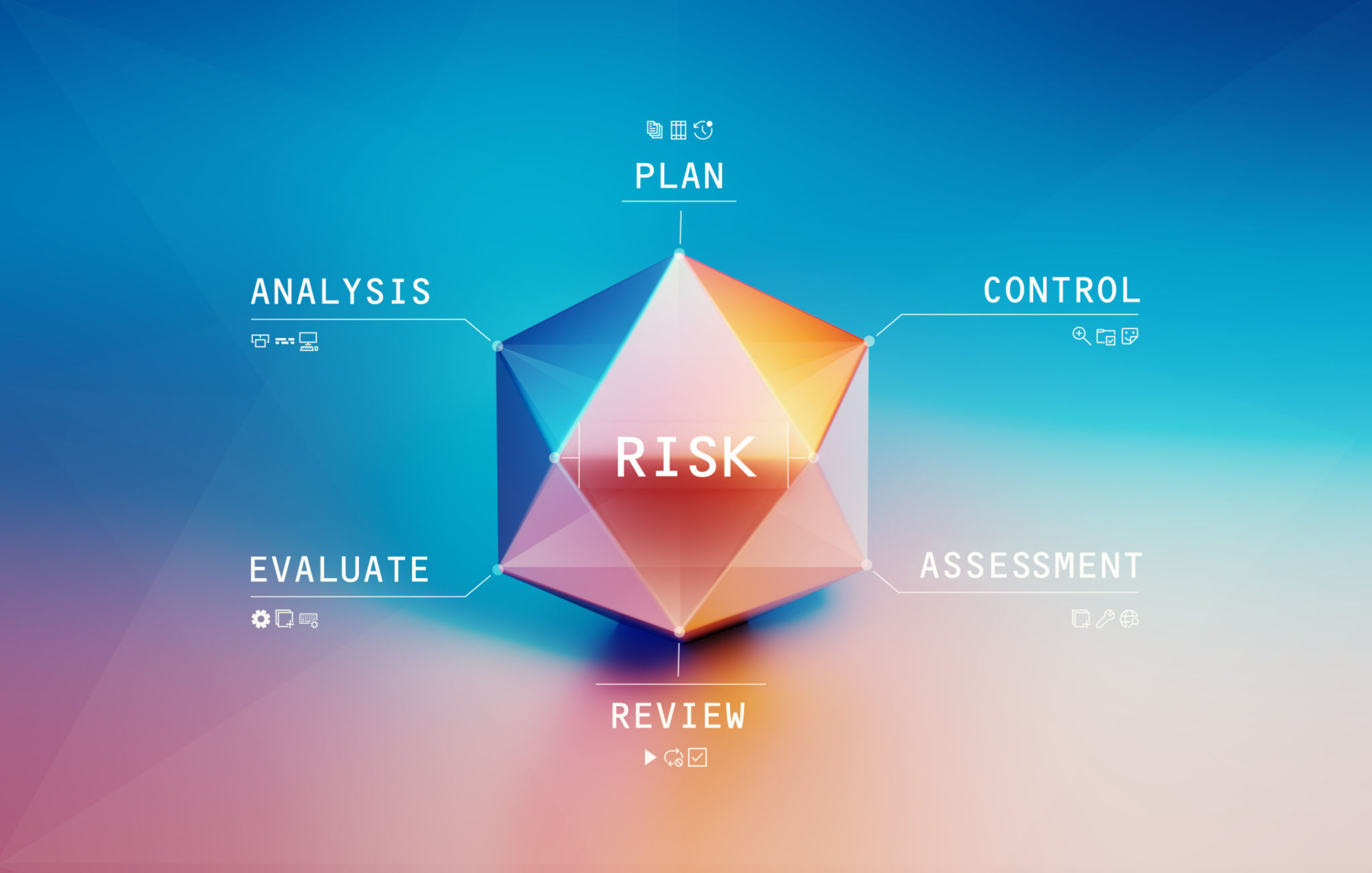Top Risk Assessment Tips for New Orleans Businesses
CS
Understanding the Importance of Risk Assessment
For businesses in New Orleans, risk assessment is a crucial component of maintaining operational stability and ensuring long-term success. Given the city's unique geographic and environmental challenges, it's vital for business owners to regularly evaluate potential risks to their operations. This process helps in identifying vulnerabilities, assessing their potential impact, and implementing strategies to mitigate them.
Conducting a thorough risk assessment not only protects your business but also provides peace of mind, knowing that you are prepared for unforeseen circumstances. Whether it is natural disasters like hurricanes or other operational risks, understanding what could go wrong is the first step in preventing it.

Identifying Potential Risks
The first step in any risk assessment process is to identify potential risks that could affect your business. In New Orleans, these risks may include:
- Natural Disasters: Hurricanes, floods, and storms are common threats.
- Economic Factors: Changes in the local economy can affect business operations.
- Regulatory Changes: Keeping up with new laws and regulations is essential.
By understanding these risks, you can start to develop strategies to address them. This might involve physical preparations, such as reinforcing your property against flooding, or financial strategies like securing appropriate insurance coverage.
Evaluating the Impact of Risks
Once risks are identified, the next step is to evaluate their potential impact on your business. This involves analyzing how various risks could affect your operations, finances, and reputation. Consider both the likelihood of each risk occurring and the severity of its impact if it does occur.
It's helpful to categorize risks based on their probability and potential impact. This prioritization allows you to focus your resources on managing the most significant threats first. For instance, a high-probability event with severe consequences should be addressed with top priority.

Developing Mitigation Strategies
After evaluating the risks and their impacts, it's time to develop strategies to mitigate them. Effective mitigation strategies may include:
- Implementing Safety Protocols: Ensure that your team knows the procedures for dealing with emergencies.
- Investing in Insurance: Adequate insurance coverage can protect against significant financial losses.
- Creating a Business Continuity Plan: Develop a plan that outlines how your business will continue operating during and after a disaster.
The goal is to minimize disruption and ensure that your business can quickly recover from any adverse events. Regularly reviewing and updating these strategies is crucial as new risks emerge or existing ones evolve.
Training and Communication
A successful risk assessment plan requires that all employees are aware of and understand the risks associated with their roles. Regular training sessions can keep your team informed about current threats and the protocols in place to mitigate them. This can significantly reduce the time it takes to respond to any incidents that may arise.

Additionally, maintaining open lines of communication between management and staff ensures that everyone is on the same page when it comes to risk management. Encourage employees to report potential hazards or concerns they may observe in the workplace.
Utilizing Technology for Better Risk Management
Leveraging technology can greatly enhance your risk assessment capabilities. There are numerous software solutions available that can automate parts of the risk management process, provide real-time data analysis, and facilitate better decision-making.
From monitoring weather conditions to analyzing financial trends, technology can provide valuable insights that help you stay ahead of potential threats. As technology continues to evolve, staying informed about new tools and applications can give your business a competitive edge in risk management.
